Editor's note:
The current situation of a serious shortage of public toilets, their degradation, filth and unsightliness has existed for many years in Hanoi and Ho Chi Minh City. During the recent holiday, the issue of places for tourists to "relieve themselves" became urgent, while the problems of lack of land, ineffective calls for social investment, and maintenance and renovation have not received due attention. It is time for the issue of public toilets in large cities to receive great attention, great investment and implementation with great determination.
Need clean public toilets
Faced with the current situation of public toilets being either lacking or old, dirty, and shabby, reader Như Quân expressed: "The most dynamic city in the country is developing rapidly, but this small utility at the corner of the street has not yet developed to its full potential."
Phan Van Dung also commented: "Sometimes when I go to these places I wonder if the water is clean or not. In general, only the poorest people have to go there."
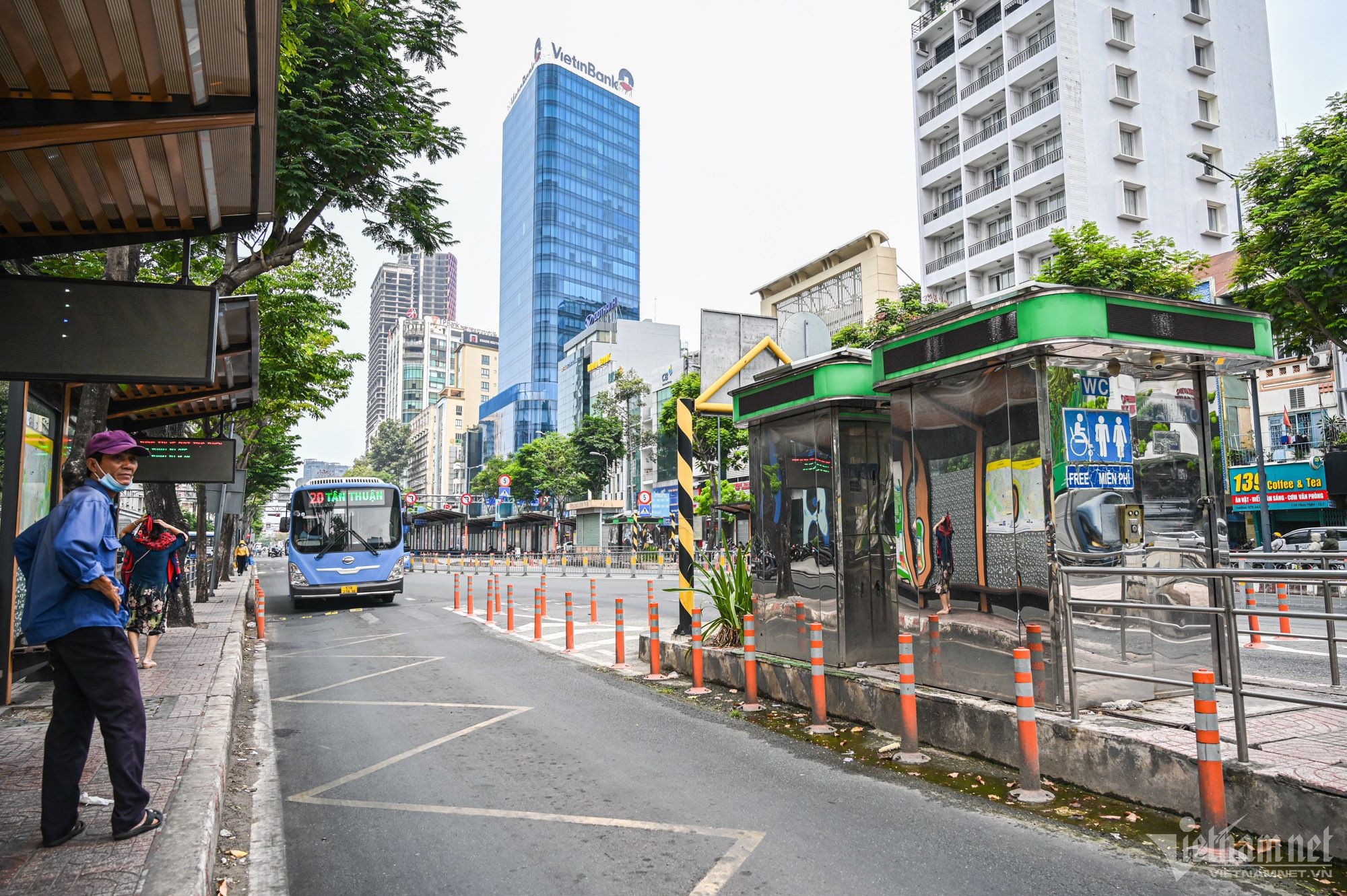
Or reader Viet Linh commented: "Hanoi now lacks public restrooms, you can only find one when walking around Hoan Kiem Lake, and you can't see one when walking on the old streets."
Minh Khai Tran also commented: "Many remaining public toilets from the subsidy period are still in use, looking out of place in a developing city"...
Images of public restrooms in Hanoi with facilities that no longer meet demand or a strong odor make residents and tourists wary. Photo: The Bang
From there, many readers believe that the city needs to build more and renovate public restrooms to make them spacious and clean, not only to serve tourists but also many people in need.
According to Nguyen Duc Trung: “The public restroom on Hang Giay Street is great, it looks clean. At least we need a few more like this on the walking streets for people to feel comfortable.”
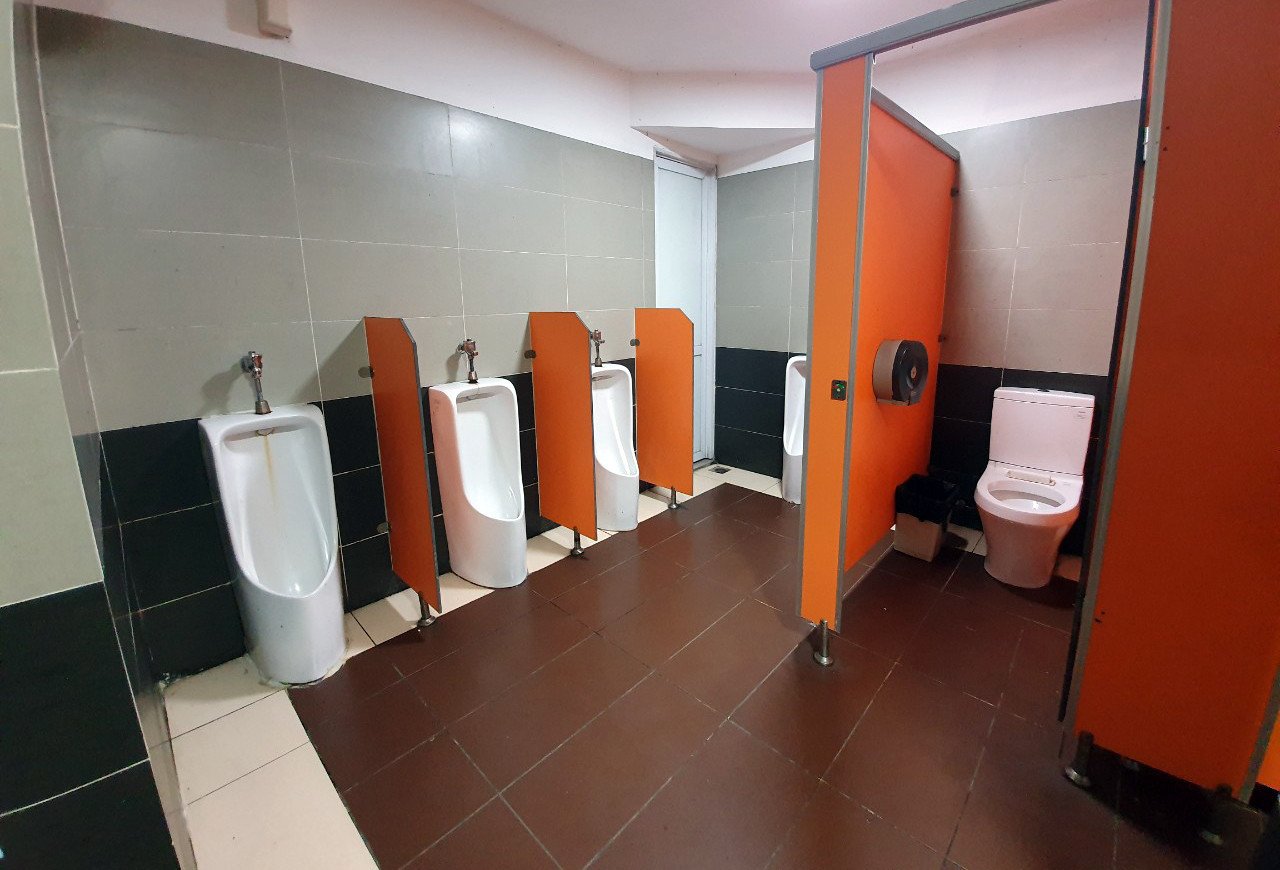
Similarly, Binh Nguyen wishes: "There is no need for it to be spacious or expensive; the important thing is that the sink is clean and there is enough hand washing water."
Minh Hieu commented: “People are willing to pay 5 thousand to have a clean and convenient public toilet. But now, many times, they come in, see it, then turn around, or just get to the door and smell a horrible smell.”
Do not consider NVSCC as a secondary project
According to Xuan Dinh Nguyen: “Don’t consider the toilet as a secondary project. It is the main and very main project. Just imagine that besides the house and the room, what would we do without this project? And it is in a very big city. If your house or apartment has a problem in the toilet area, everyone will prioritize solving it before other items. Don’t think it is just a socialized project. Consider it a key point. Big cities with strong economic potential must be allocated for investment, and the more socialized it is, the better.”


This reader also frankly suggested: “If we consider it as secondary and neglect it, but if we consider it as very important and direct it, then the situation like what happened will not happen. We suggest that many places re-examine it to demolish it and rebuild it or repair it... Try to resolve it in the last half of the year so that this type of project has a new face to serve not only domestic people but also foreign visitors when they come to Vietnam.”
Agreeing with the above opinion, Tran Hieu Nghia said that as long as the city leaders pay attention, their units can immediately deploy it.
Mr. Bui Dung also emphasized: "There needs to be proper attention from city leaders, tourism development needs to be accompanied by new, synchronous quality amenities."
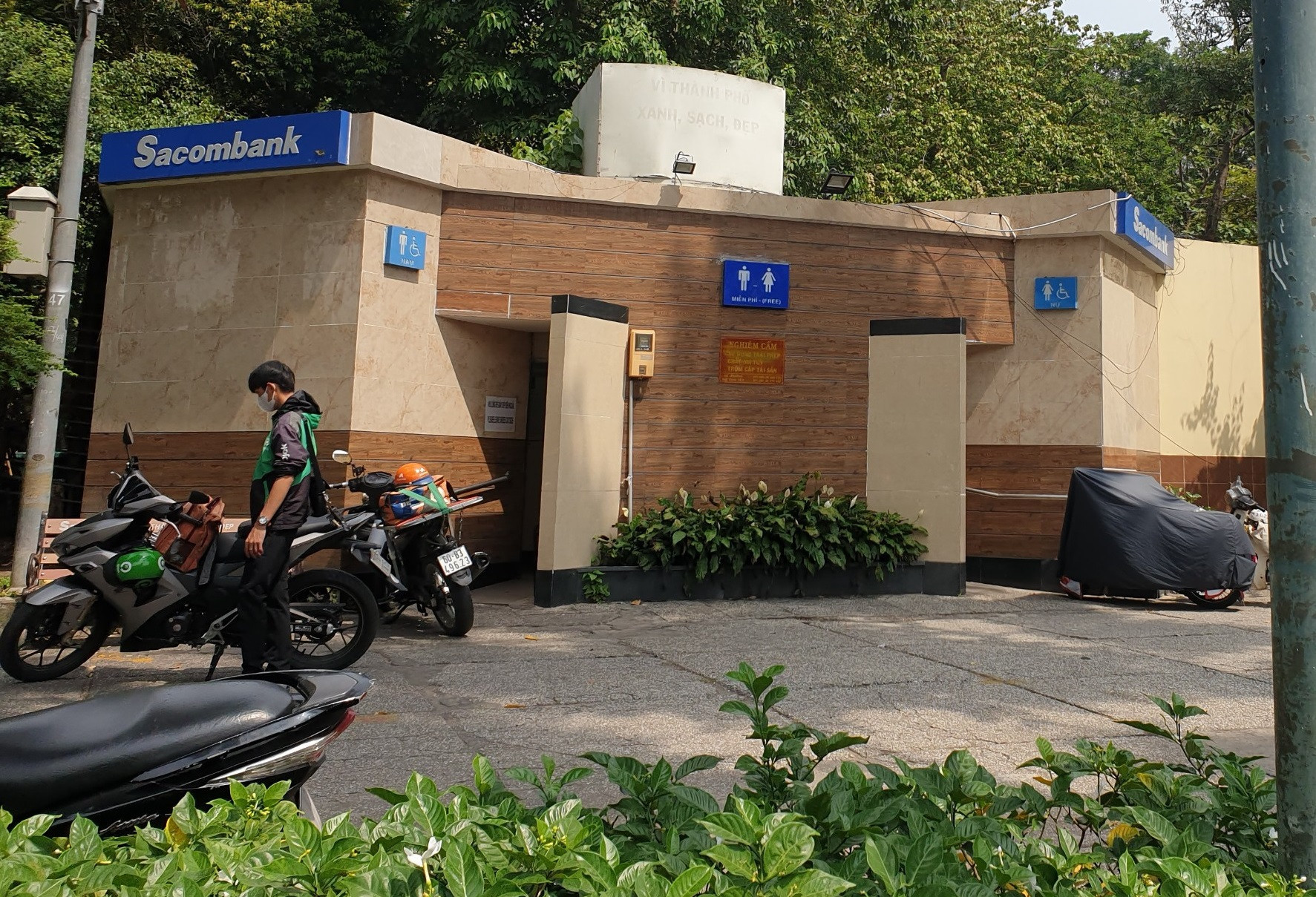
Nam Q. even suggested: “The city needs to pay attention, provide land, invest in building NVSCC and call for support from social organizations and businesses. Equip modern furniture, have people to look after, clean and maintain. But we should not only think about tourists, but also care about the large number of workers who are making a living in the city. We should only charge 1,000 - 2,000 VND/person/time”.
In addition, according to Nam Q., businesses can be encouraged to sponsor as a social and charitable activity (they can post a signboard at the toilets they sponsor). Assign the People's Committees of wards to be responsible for management. Any place that is unsanitary or degraded will be publicly reminded and criticized in the press and media"...
In the meantime, reader Vu Hien commented: “During the construction or repair of public toilets, Hanoi should also encourage restaurants and cafes to hang signs offering free cleaning services to visitors. Da Nang and Ho Chi Minh City have already had such temporary solutions.
Nguyen Toan Vinh said: "We will have to try very hard to reach the standards of a civilized and polite city, welcoming visitors and satisfying them with small things like this NVSCC."
Dear readers, please follow the full content of the series :
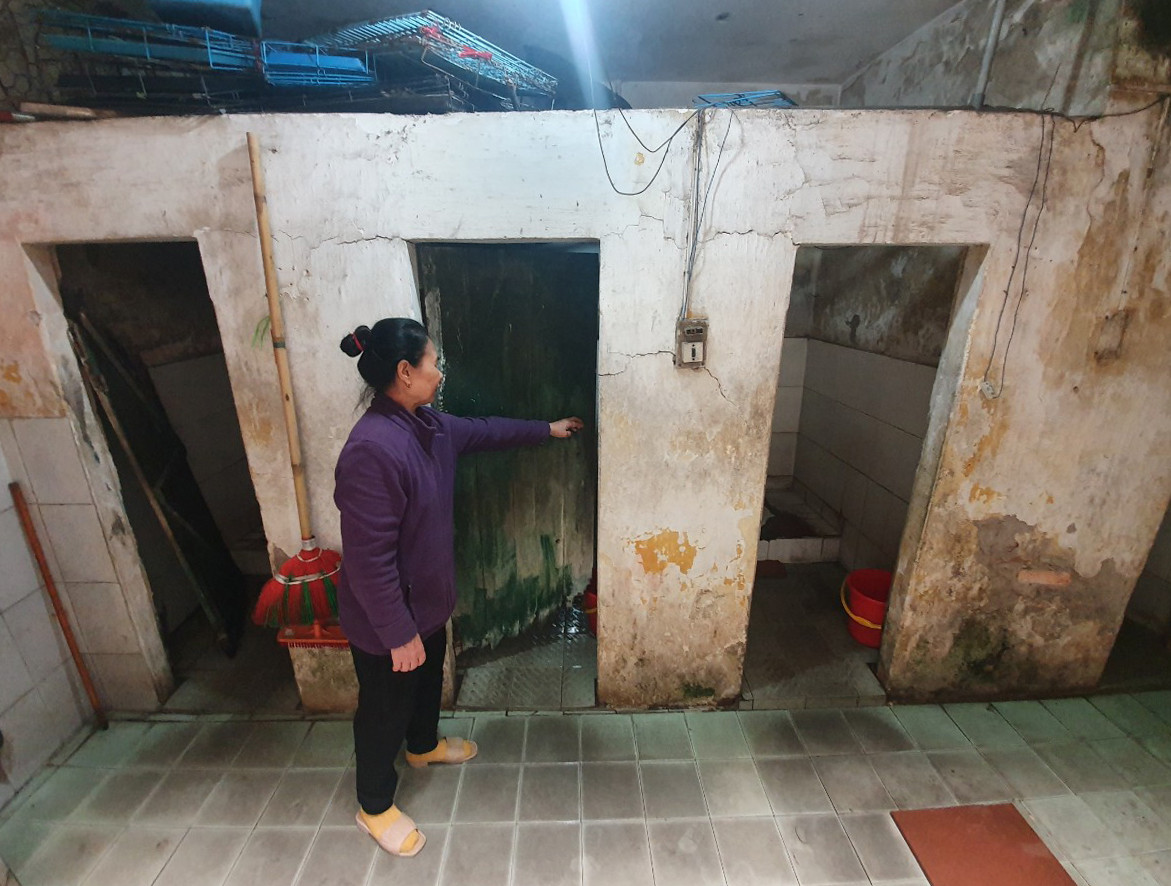
Lack of public toilets, many places become 'black spots' for defecation
In Hanoi, there are still many public toilets that are so dilapidated that the doors are broken and you have to scoop water to flush them. In Ho Chi Minh City, many buildings have not been overhauled in time, and some places still lack toilets.
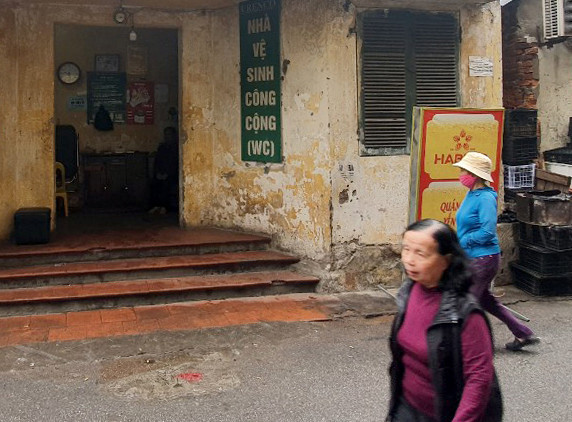
Plan to build 2,000 public toilets fails
Hanoi and Ho Chi Minh City set a goal of building 2,000 more public toilets from 2016, but after nearly 7 years, it has not been done yet.
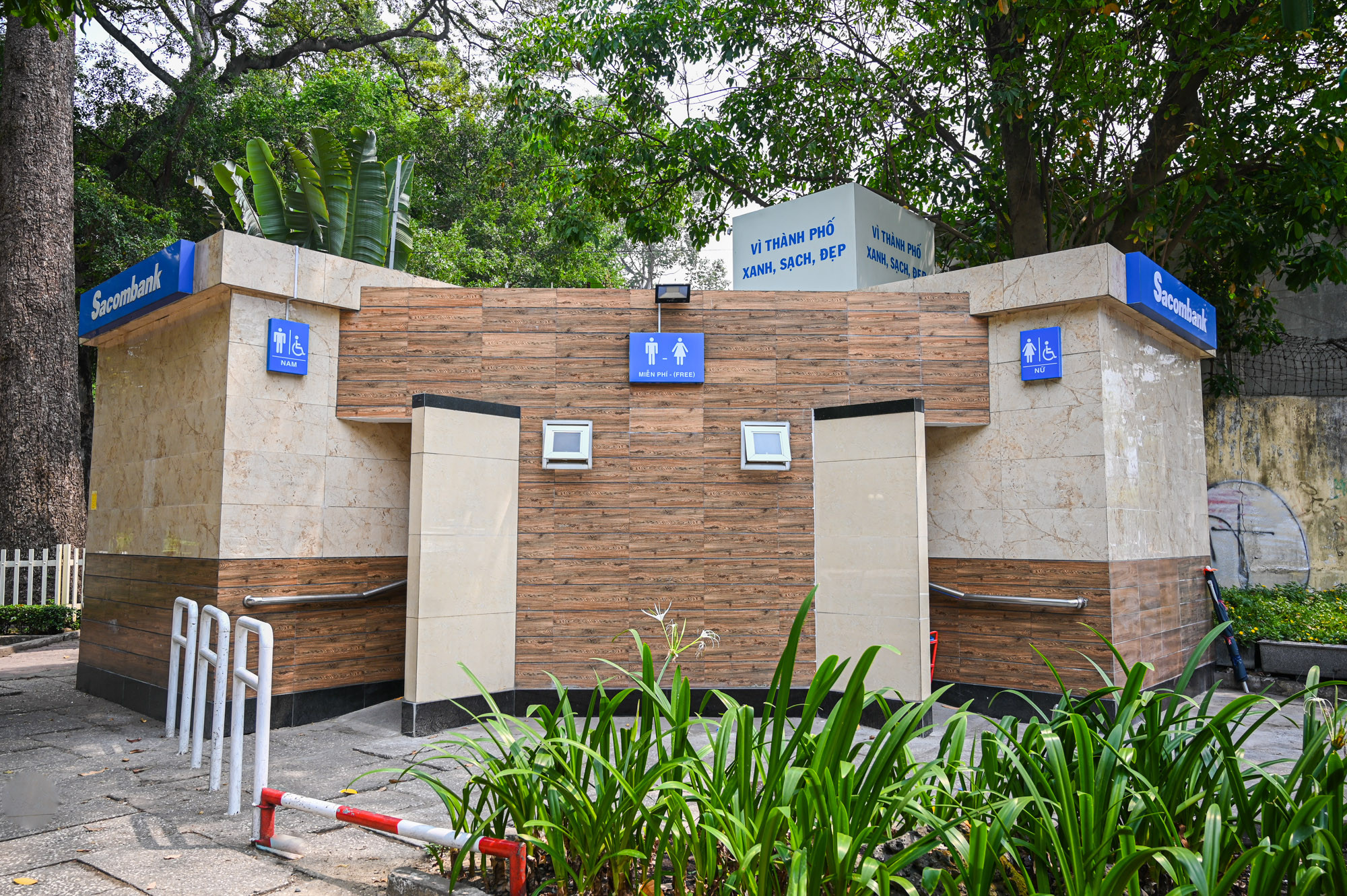
Contrasting scenes at public toilets in downtown Ho Chi Minh City
While many public toilets in Nguyen Hue walking street, Tao Dan park, etc. are quite modern, clean and free, some toilets in the center of Ho Chi Minh City are in a state of disrepair, smelly and abandoned.
Source






















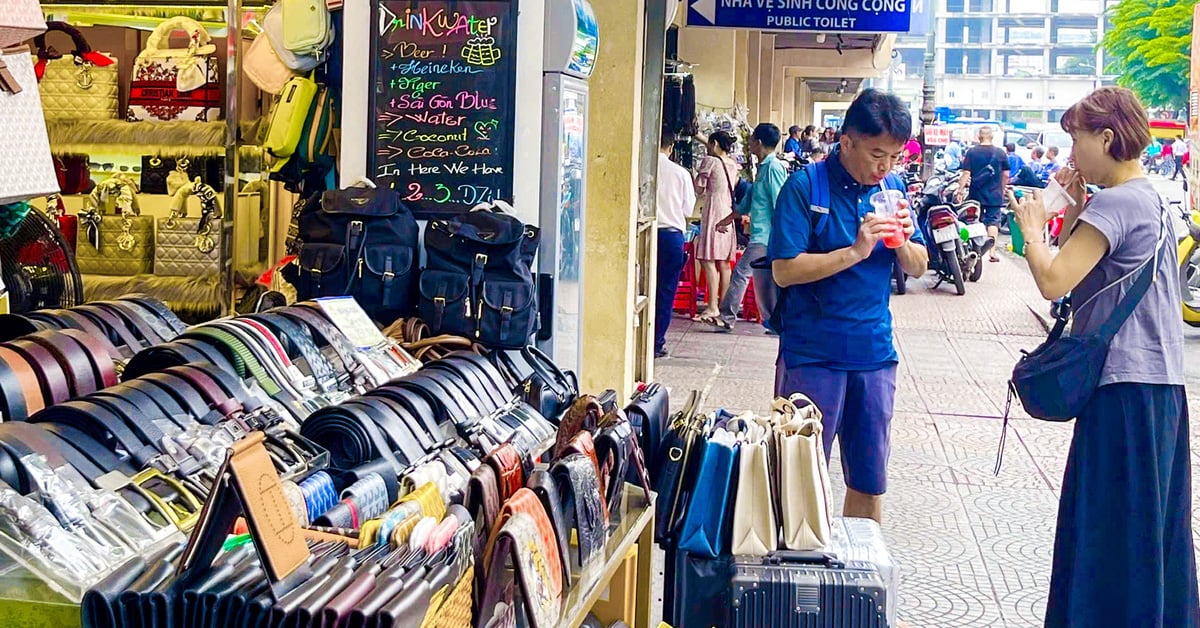

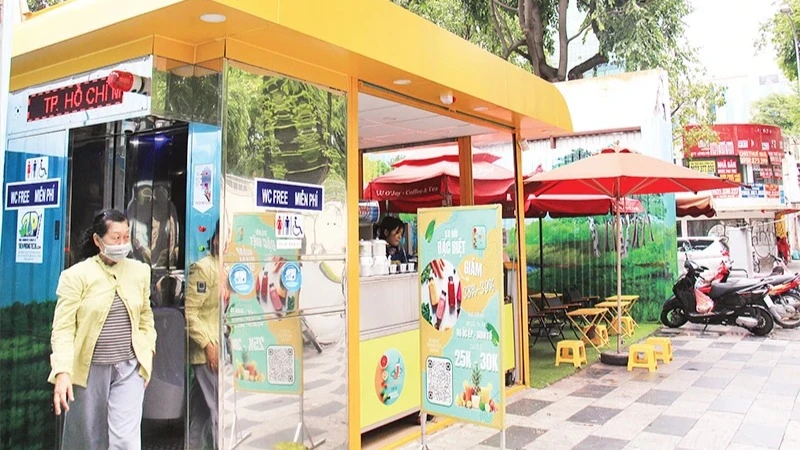



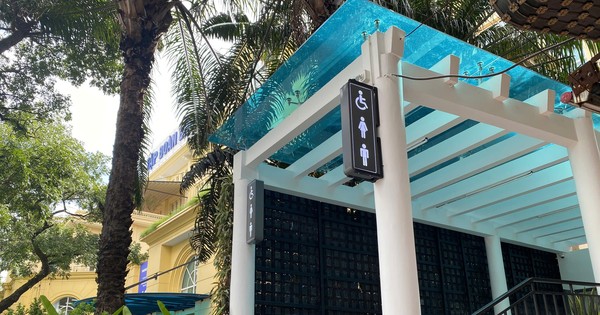

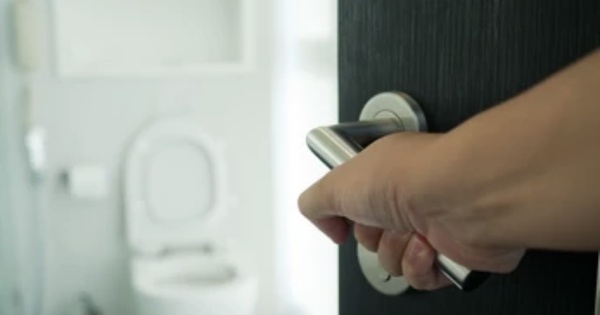

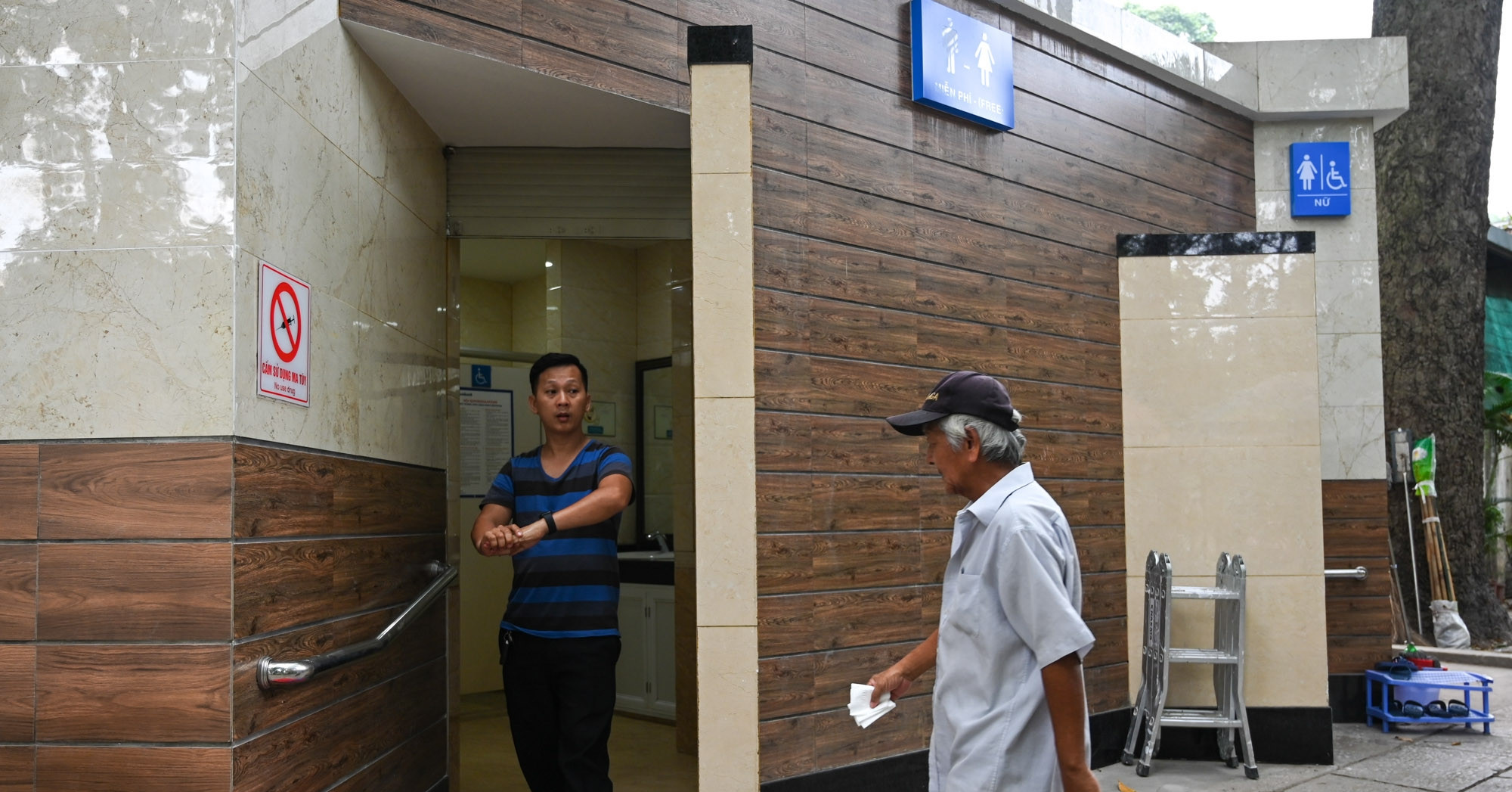


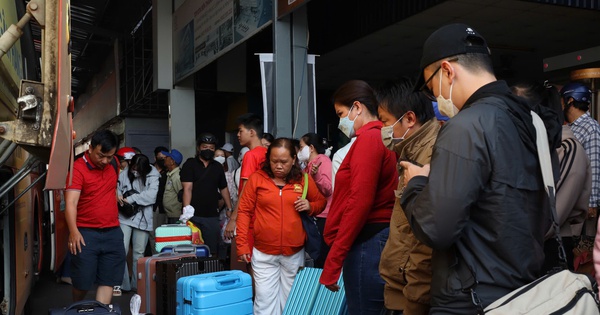





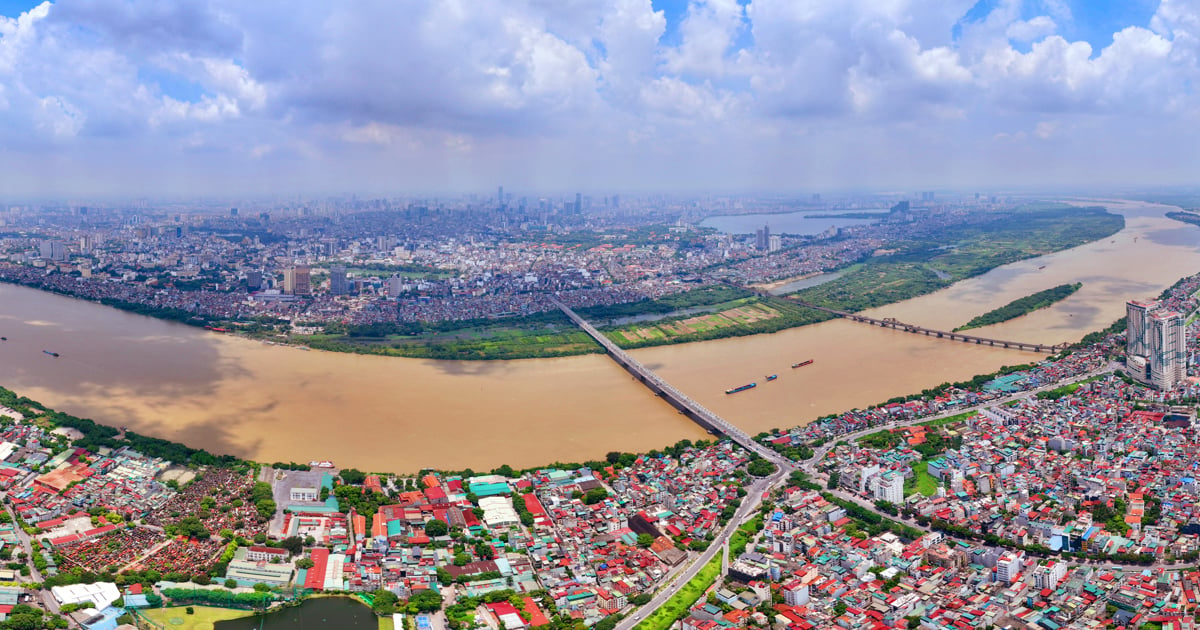


















Comment (0)